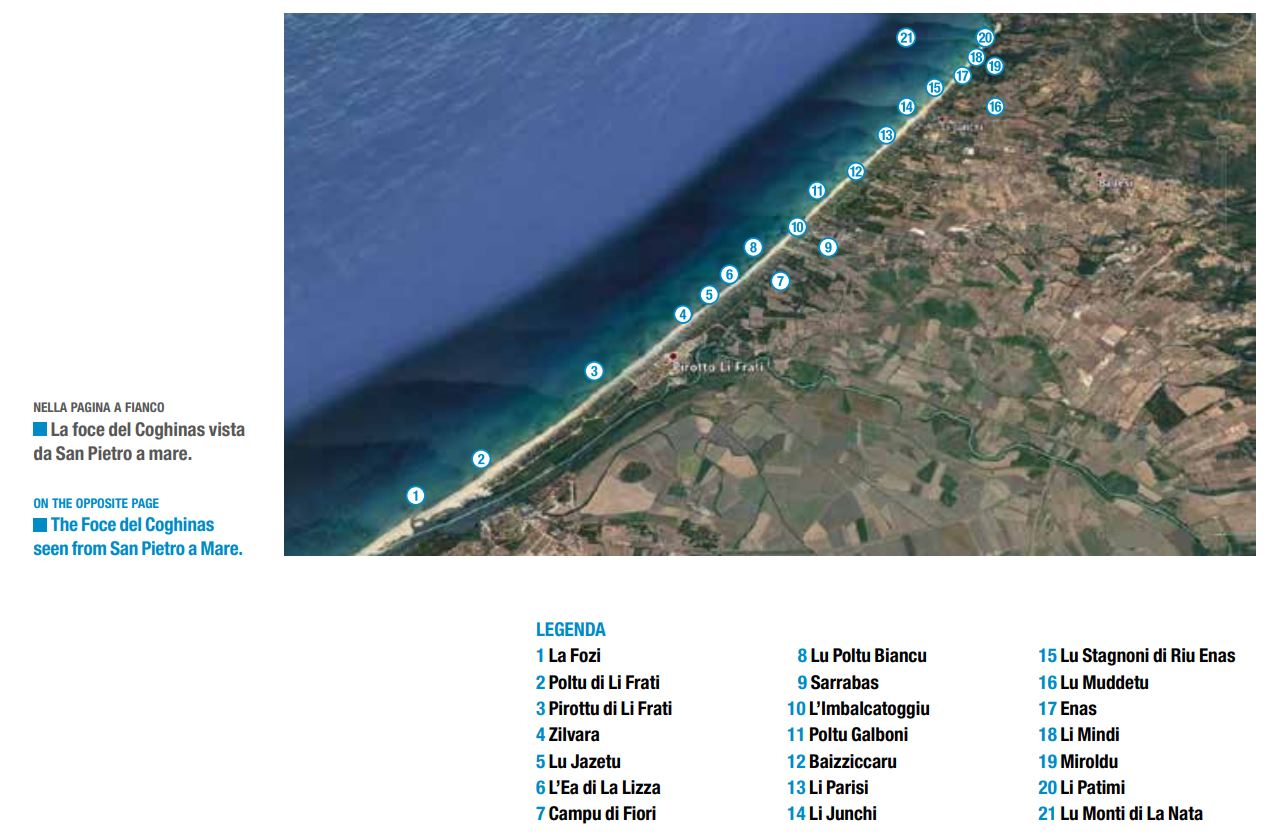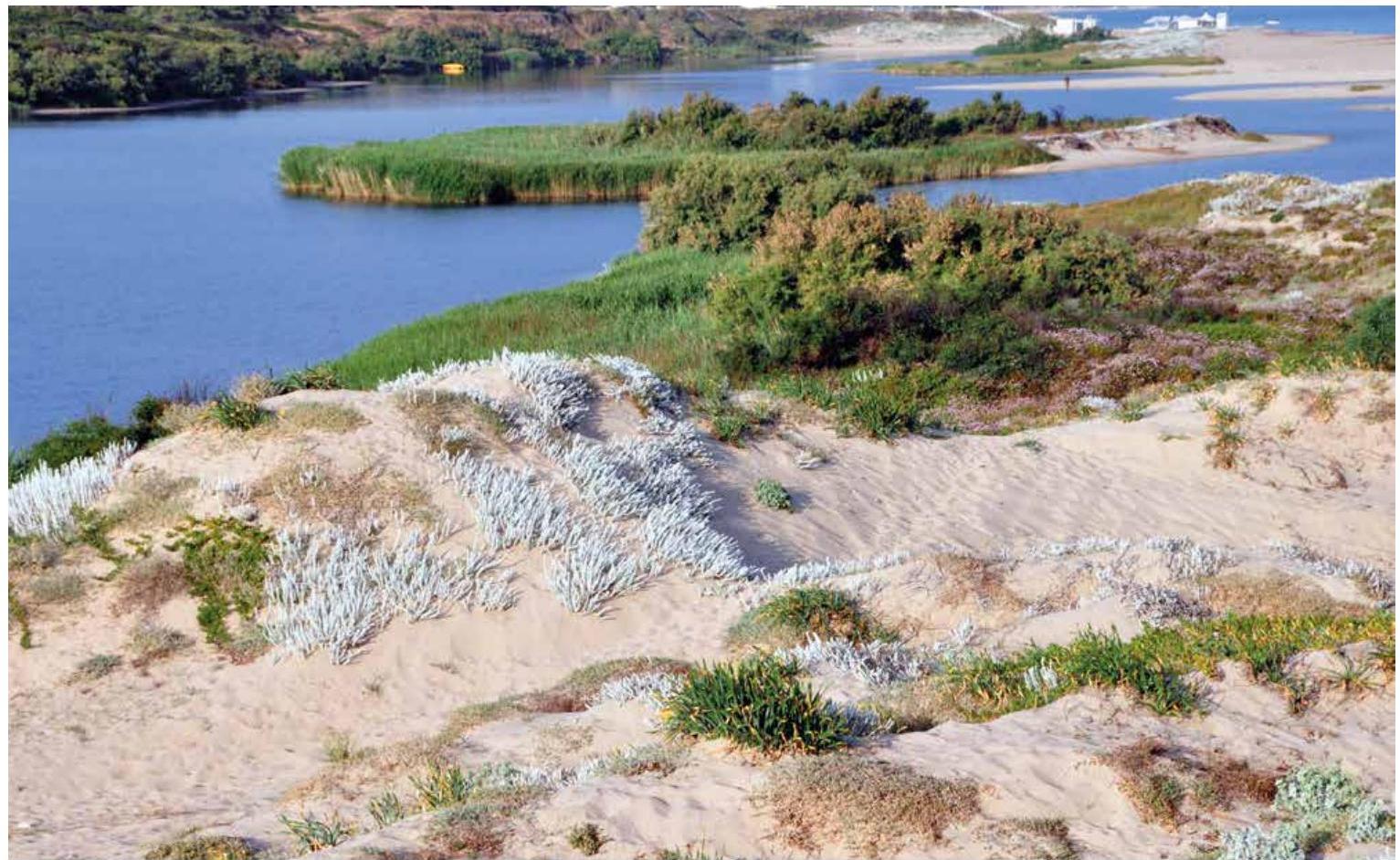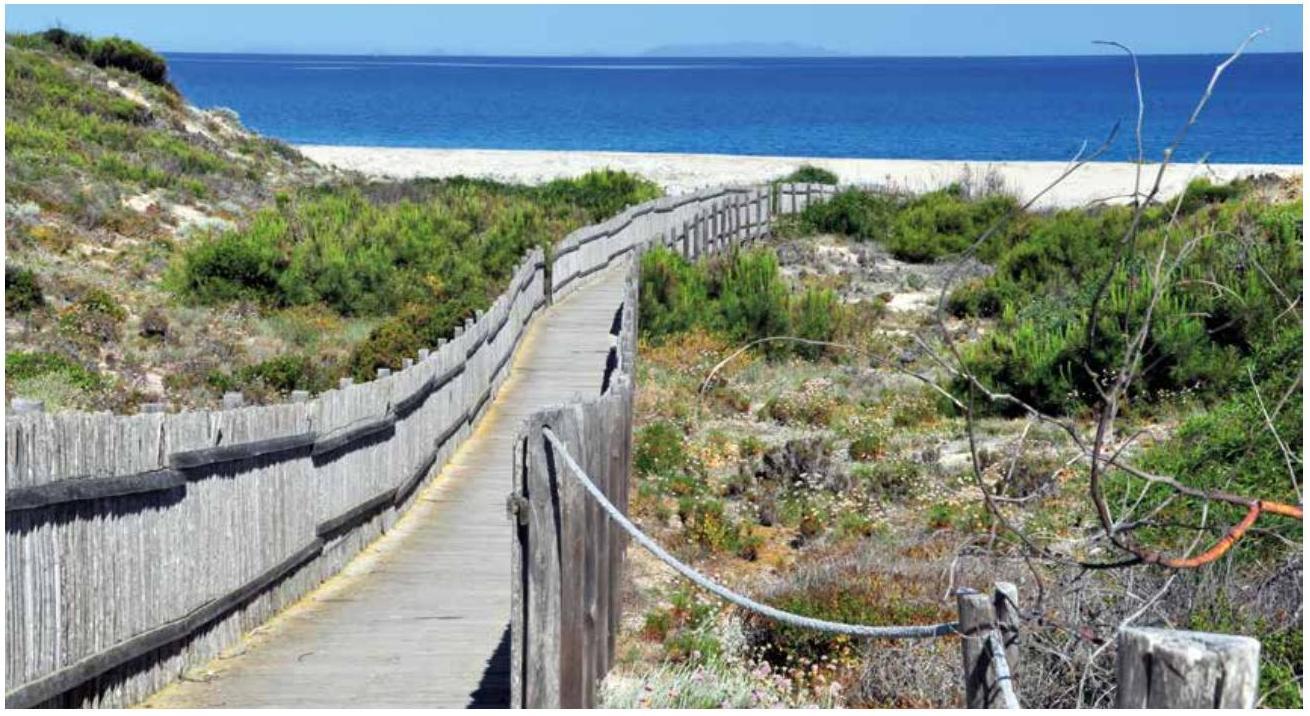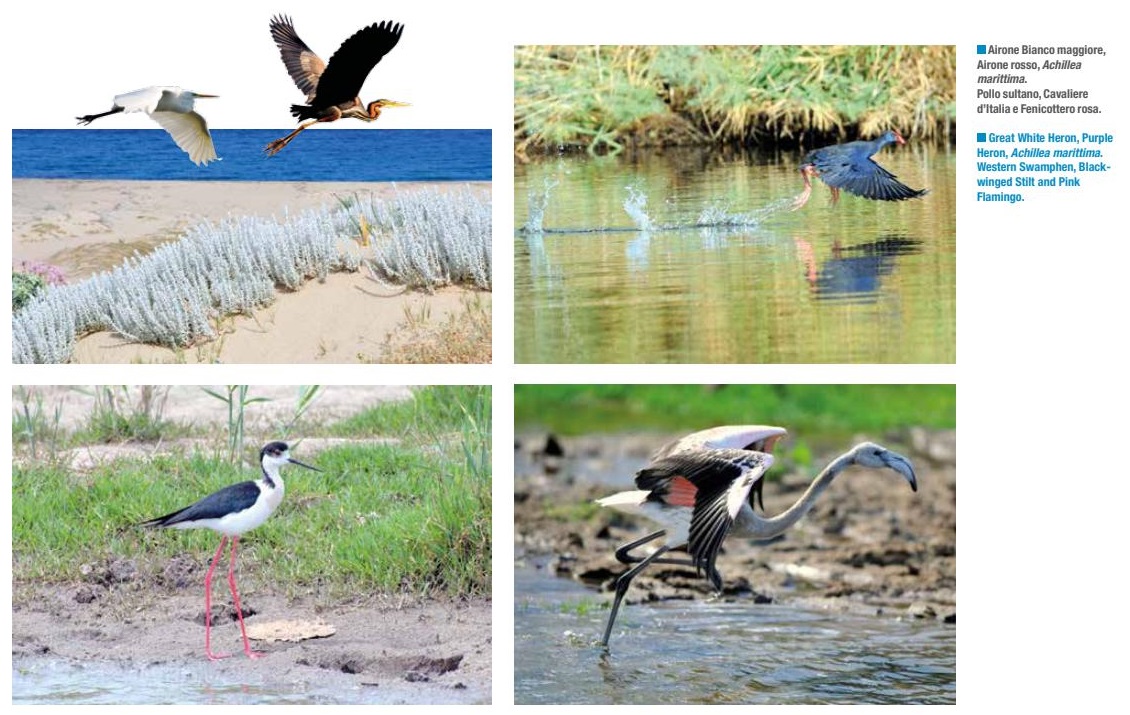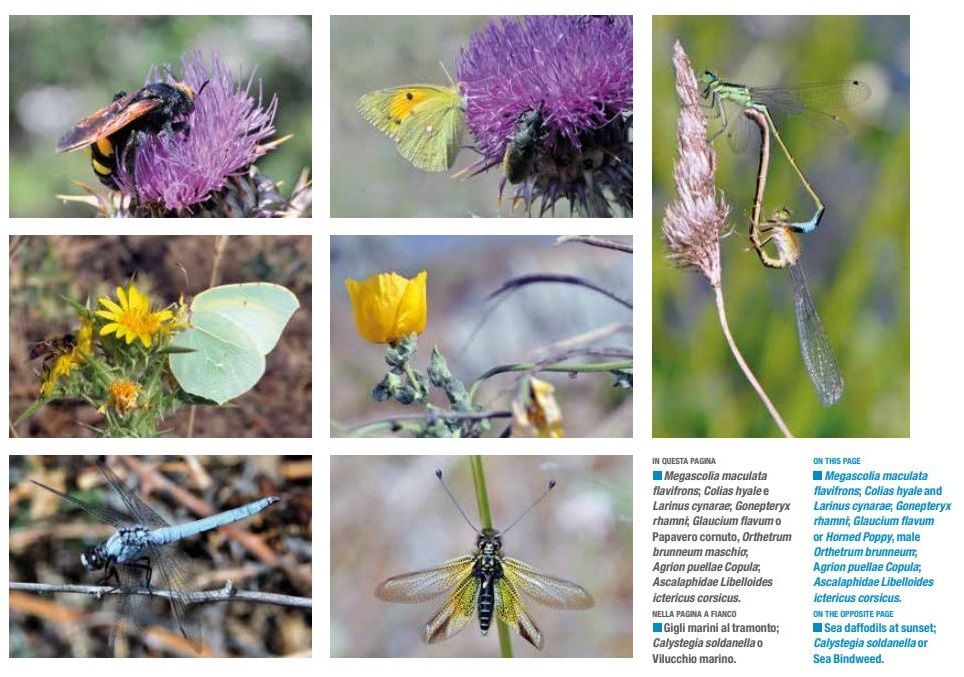TOUR VALLEDORIA – BADESI
by Mario Piga
extracts from the bookValledoria, Badesi, Trinità and Aglientu
SENTRIES OF THE GULF
From the Foce del Coghinas to Rio Vignola
Sassari, Carlo Delfino Editore, 2019 ⇒
courtesy of the Author
From the mouth of the Coghinas to Li Feruli
A series of beaches and sand dunes throughout the Badesi district – which starts from the long beach of San Pietro a Mare in the Codaruina area – are the envy of the Californian beaches, where people go fishing and jogging. […]
This river mouth makes the place of unique environmental value. The mild climate, the abundance of fauna and the meeting of brackish water with fresh water create an exceptional laboratory of biodiversity. […]
Leaving the river mouth behind, we set off for Badesi, a name that derives from Badu, which means ford. The local residents, in fact, in ancient times living on this side of the river, were forced to ford the Coghinas river regularly to go to Sassari, the provincial capital and an important centre for any type of trade.
A path in the middle of the dunes surrounded by the silvery leaves of the Achillea maritima (santolina of the beaches), we set off along these little hills moulded by the wind, where the swarming of bees and bum blebees gives us a glimpse of the delicacy of the still fresh flower of the rosi marini, whose precious pollen they gather.
Our gaze shifts from the dunes to the sea, where the shimmer of the sun highlights the blue-green hue of the water. Colours that go from the pale pink of the Calystegia soldanella flowers (sea bindweed or seashore false bindweed) to the delicate yellow of the Glaucium flavum (horned poppy).
A still virgin and peaceful area, reserved for those who love walking in quiet observation, which, a few miles further on, leads to equally interesting areas, though with greater numbers of visitors.
The pace picks up from Pirottu di Li Frati to Zilvara, a name that probably refers to the presence of deer in ancient times. Followed by Maccia Boina (plant of the ox), a name which some believe is linked to the fact, given the abundant presence of water, that farmers took their oxen to drink, while others trace it back to the presence of a particular plant, called precisely linga boina (ox tongue), which grows especially in damp places. This grass is much appreciated by animals, especially by pigs and wild boar, who are particularly fond of it.
In Zilvara there is a place that used to be called L’Imbalcatogghiu (the jetty), due to an easily accessible stretch used to load coal onto the sailing ships that moored in the area. It is thought that the flat area of this site was ideal because the road had no radda (ditch), which would have hindered the movement of loads of coal in the port of the same name, a little further on.
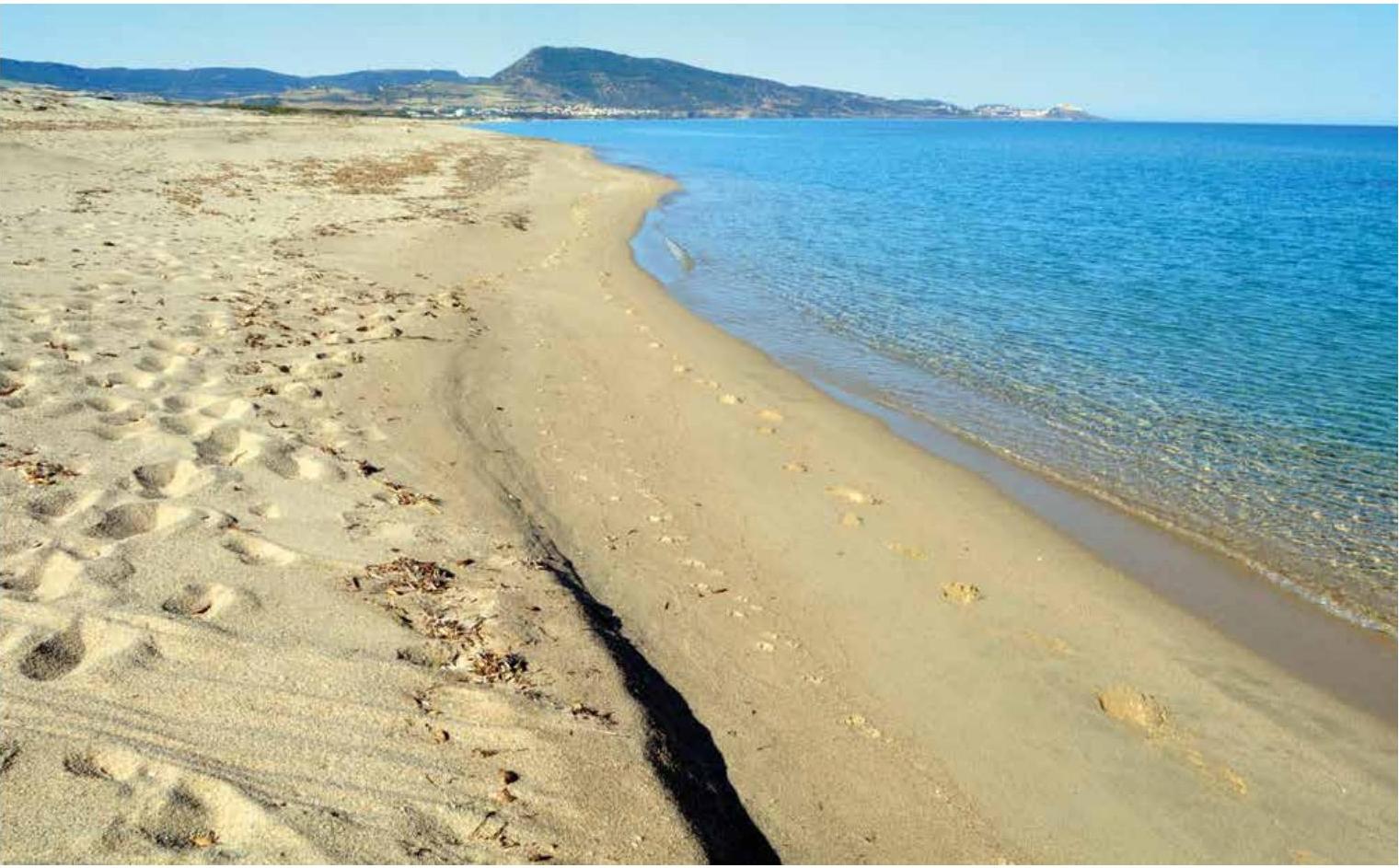
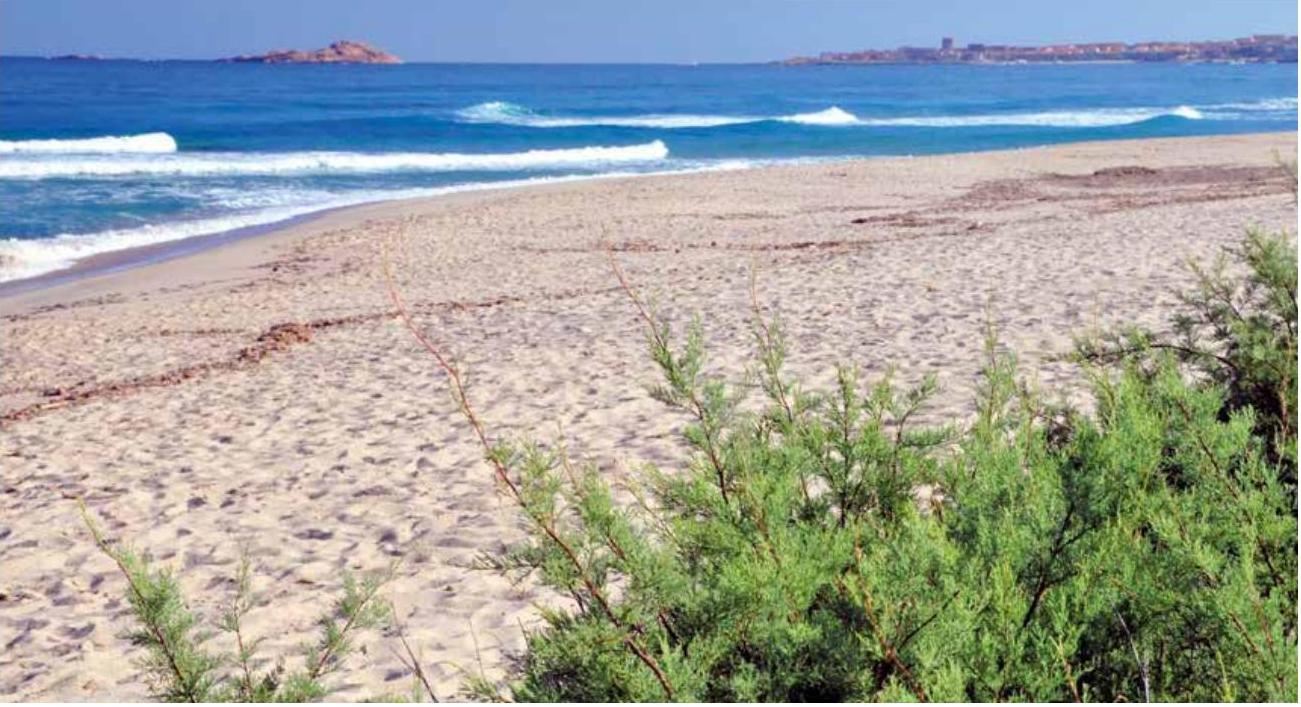
We then come to the Ea of La Lizza (water of the holm oak) where the abundance of zinnia (rushes) provides further evidence the presence of this precious element, which was undoubtedly essential for those who stopped in these places. […] Around the 1950s, summer huts were built by a few families in the area […] The real local tourist boom began in the 1960s. […]
Beyond Baizzìccaru (bay in which a fish considered a delicacy used to be caught) you reach the most popular part of the coast where, once, a large proportion of the Badesi community moved for three months, building makeshift huts out of branches, as was custom along many coastlines at the time, since there were no houses.
Once past Lu Stagnoni (The Large Pond), into which Riu Enas flows, we arrive in the Lu Muddetu area, famous for its ancient vineyards, where fine wines are still produced today. This local production led to Badesi being called the “City of Wine”: a title well deserved and now recognised even by the best experts in the sector.
The boundary of Li Patimi (The Suffering) seems, at a certain point, to pass the baton from the municipality of Badesi to that of Trinità, with the site of Li Feruli (The Ferules), sanctioned by the presence of the great tree of Li Banderi (The Flags), emblem of peace and tranquillity.
A gradual handover since the last bit of the beach of Badesi belongs to the municipality of Trinità.
Li Feruli is a very white stretch of beach just over a mile long, so named because of the spontaneous vegetation of Ferula communis. A plant toxic to livestock, but much loved much loved by insects.
Indeed, many come to land on its flowers: from the graceful Tenebrionidae Omophlus lepturoides, to the brightly coloured Graphosoma lineatum and Trichodes alvearius, the curious beetle Curculionidae, Larinus cynarae and the tiny Cerambycidae Agapanthia cardui, with its characteristic striped longhorns, along with many others of the Hemiptera family, hungry for the the sap that seeps from its trunk.
In addition to this wide range of insects, a special mention goes to the magnificent butterfly endemic to Sardinia and Corsica: the Papilio hospiton . It is an unusual butterfly, since it is usually located at altitudes above 500 metres, but which has become acclimatized to lower altitudes, thanks to the ferula, which is still green during its period of metamorphosis. It is therefore of vital importance to preserve this plant at least in properties where no livestock graze.
The yellow of its petals, which becomes more and more intense with the approach of summer, contrasts with the emerald blue of the sea and with the whitest sand that stretches for around a mile in Trinità d’Agultu.
The toponym is composed of the name of the patron saint – The Holy Trinity – together with the term in local dialect, Agultu. There are several theories on this second part of the name: the most credible would seem to refer to a medieval village called, precisely, Agustu. The second hypothesis, more fanciful than truthful, could refer to the first settlements around the church in 1730: it is thus thought to mean accultu (i.e. near the church).
Photos by Mario Piga

